boogschd
TPF Noob!
- Joined
- Mar 19, 2009
- Messages
- 606
- Reaction score
- 0
- Location
- ph
- Website
- bogskiii.multiply.com
- Can others edit my Photos
- Photos OK to edit
Long story short.. I saw the problem and didn't need a "respected member" to point it out.
so back to my FIRST question, how does it get moved?
and you didnt have to reply that violently either :/
ease up man
@1st question.. it gets moved by the moderators of the forum


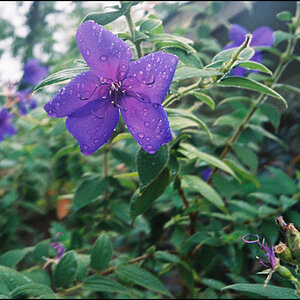
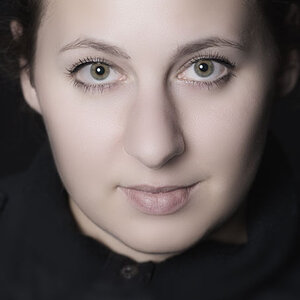
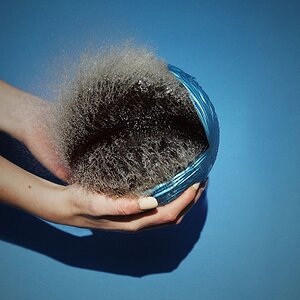
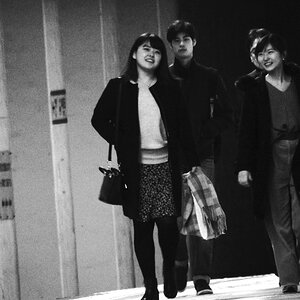
![[No title]](/data/xfmg/thumbnail/40/40284-f59f6230f0d5b9eacf977f8b0392f087.jpg?1619739407)
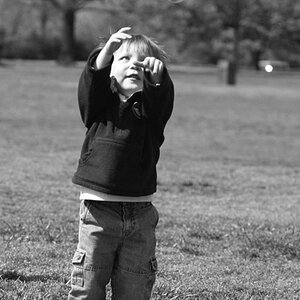
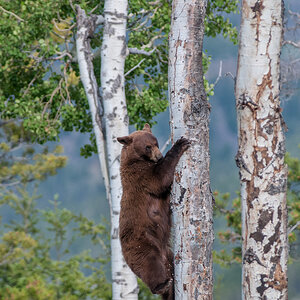
![[No title]](/data/xfmg/thumbnail/39/39511-592cbd68b1d797ffce7e41e4fbfed890.jpg?1619739066)
![[No title]](/data/xfmg/thumbnail/40/40285-2ce5915035c220ccb3485030863b62d0.jpg?1619739408)
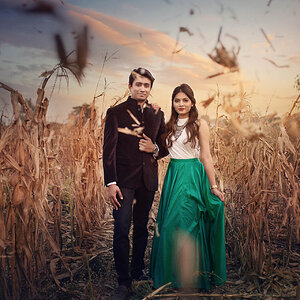
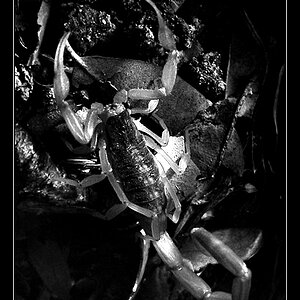
![[No title]](/data/xfmg/thumbnail/32/32630-d78de94d84be2acf57d5e0923482b4da.jpg?1619735552)